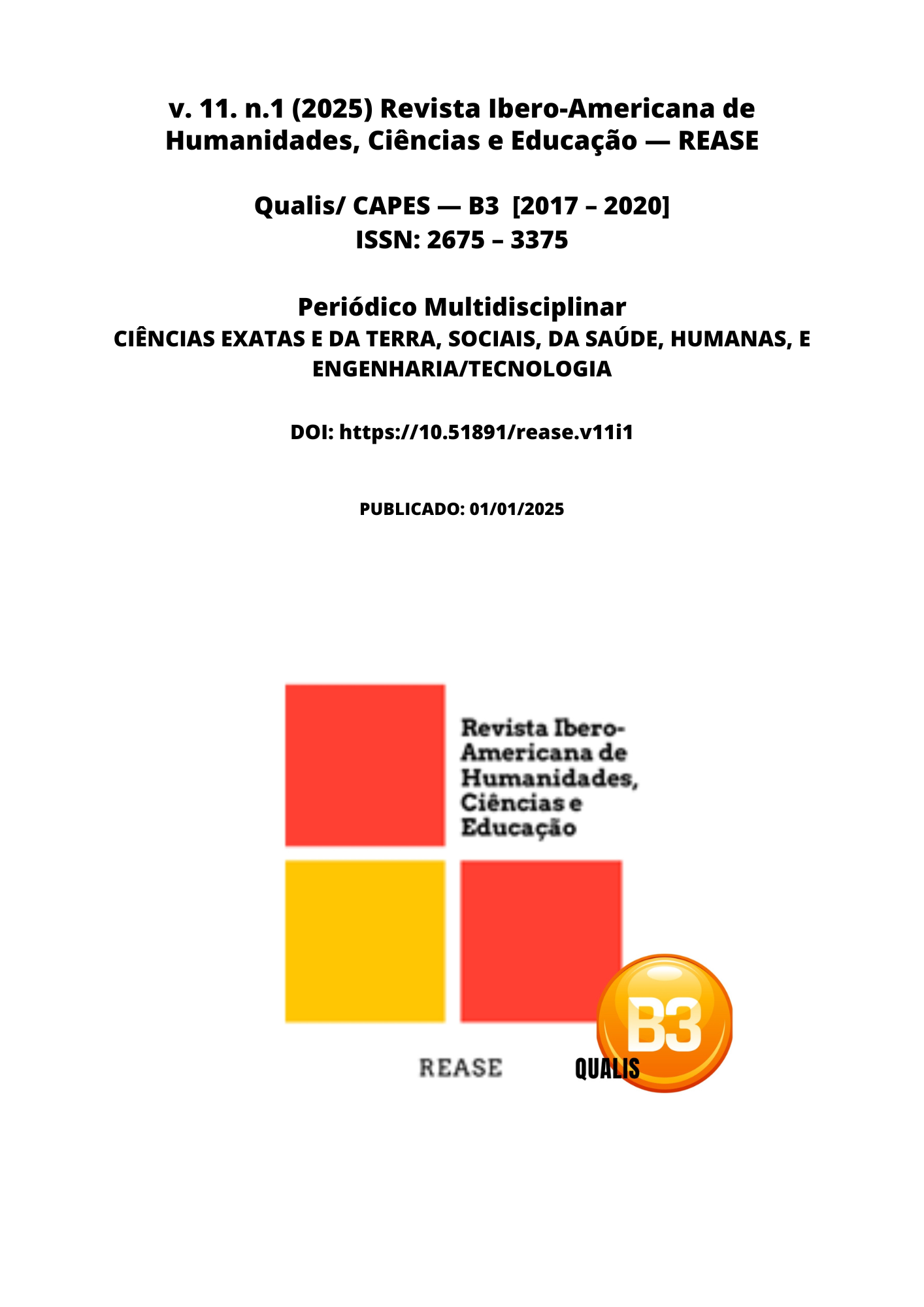FROM INFLAMMATION TO PULP NECROSIS: HISTORICAL AND MODERN REFLECTIONS
DOI:
https://doi.org/10.51891/rease.v11i1.17960Keywords:
Inflammation. Necrosis. Pulp.Abstract
The attempted bacterial invasion towards the dental pulp and the pulp's defense mechanisms form a dynamic and complex process. As caries progresses, dentinal tubules become pathways for bacteria, but a continuous fluid flow helps delay the entry of toxins. However, some bacteria manage to surpass this barrier, triggering inflammatory processes. The pulp's response to infection may include the formation of tertiary dentin and the mineralization of dentinal tubules, both mechanisms aimed at containing the infection. However, pulp necrosis can occur even without direct bacterial infection, indicating that other factors, beyond bacteria, can compromise pulp vascularization. Inflammation is the main factor in the development of necrosis, triggering a series of events that result in ischemia and pulp tissue death. But pulp necrosis is not exclusive to bacterial infections, also being caused by trauma, chemical agents, or high temperatures. Although 19th-century dentists attributed pulp necrosis exclusively to inflammation, modern research recognizes that the inflammatory process is a defense against bacteria and their byproducts, but it can also lead to necrosis depending on the intensity and persistence of the factors involved.
Downloads
Downloads
Published
How to Cite
Issue
Section
Categories
License
Atribuição CC BY

